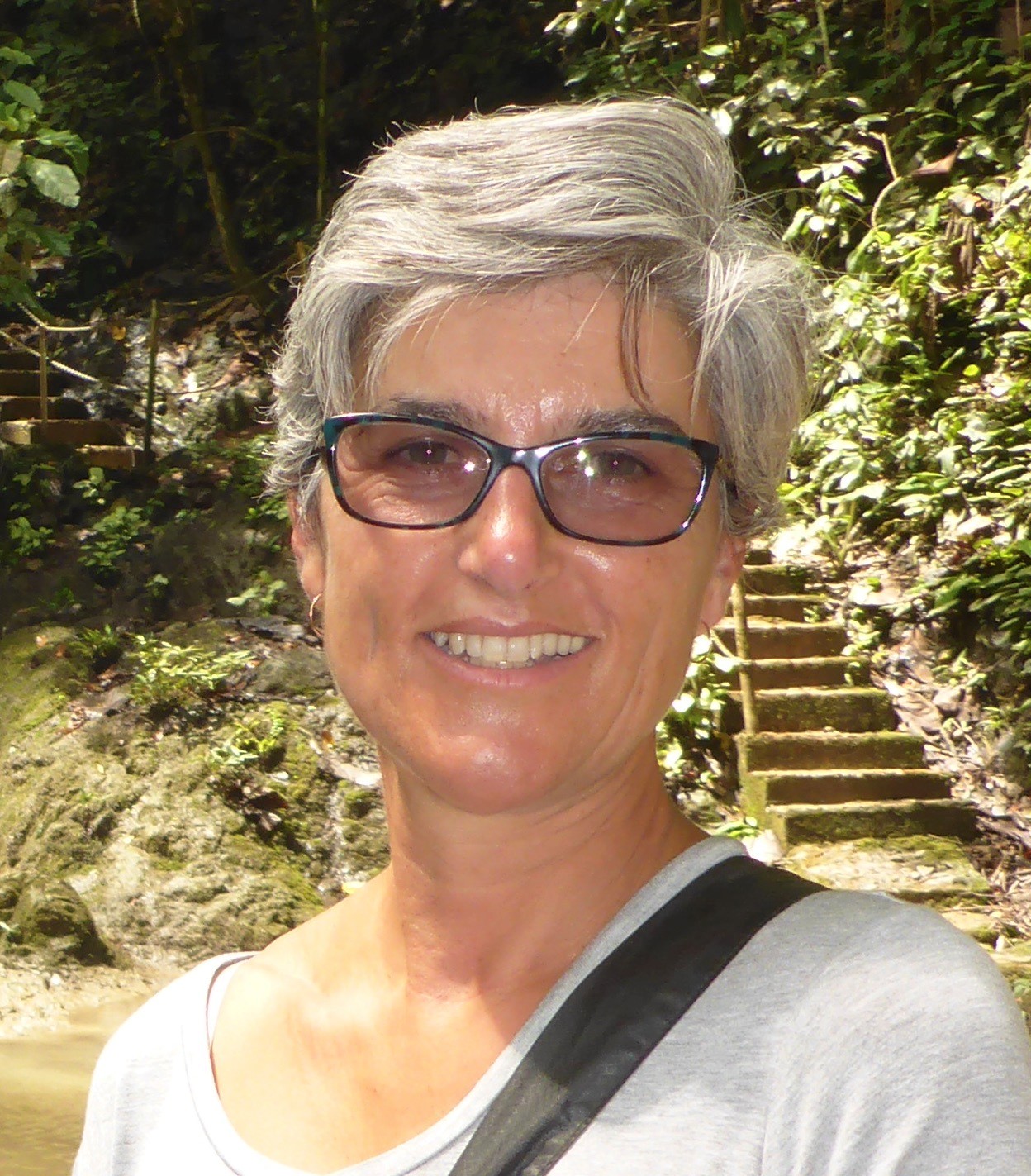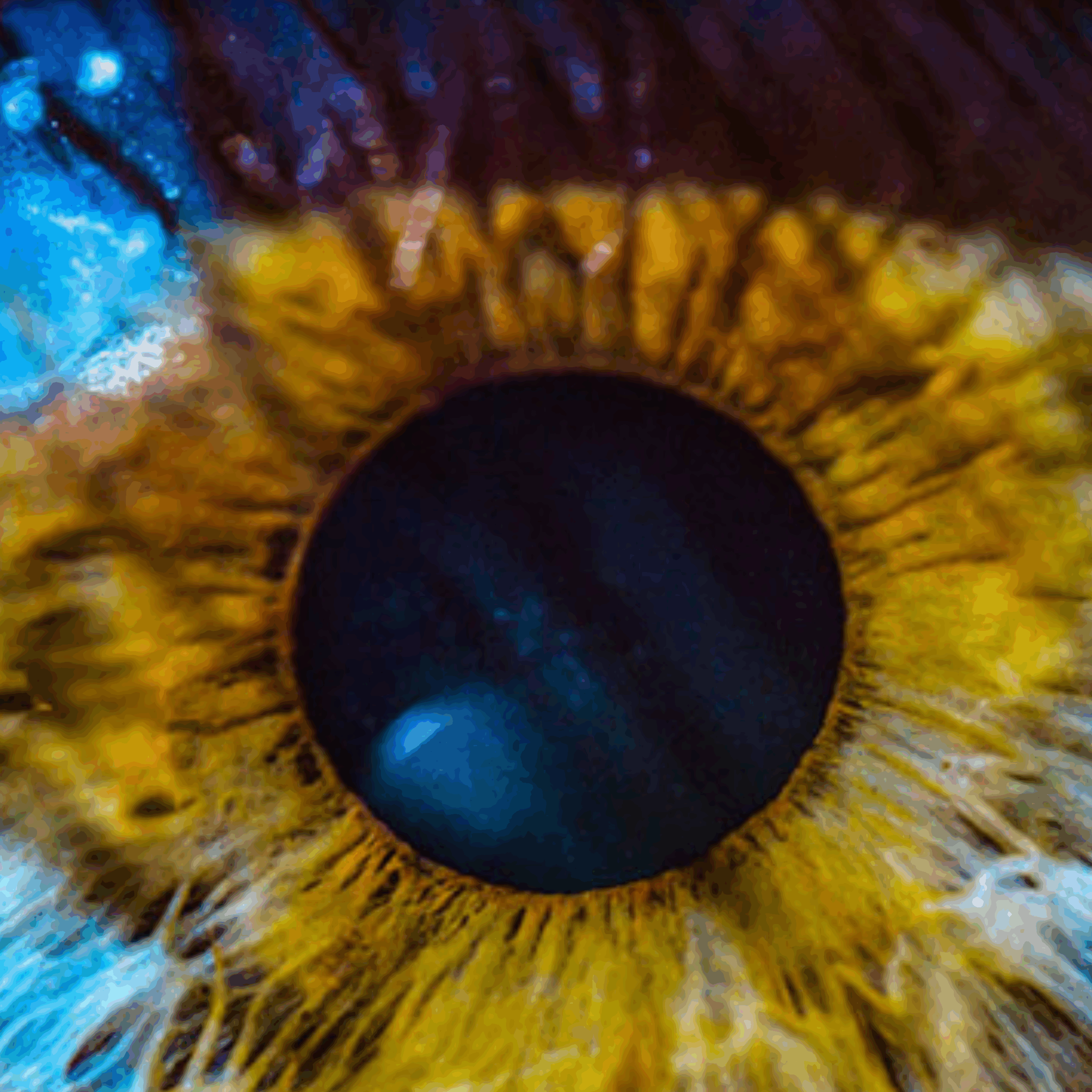6 days ago
Hot Off The Press
There are some exciting happenings in the research world this month.
Click on the hyperlinks for further information.
New Chip for Macular Degeneration
A tiny wireless chip implanted in the back of the eye and a pair of high-tech glasses have partially restored vision to people with advanced AMD. In the trial, 27 out of 32 participants regained the ability to read a year after receiving the device. This PRIMA implant is wireless and upgradeable, so it is likely to get even better over the years. The average improvement was 5 lines. Amazing.
This is a 3 yr follow up after the successful RESTORE study for Retinitis Pigmentosa.
Effectively this gene therapy changes bipolar retinal cells into new photoreceptors. The vision of the 15 participants improved an average of 3 lines on a vision chart and the improvement was sustained to the end of the study. The MCO-010 treatment is a single eye injection which can be done in-office, and there were no serious adverse events. The company are chasing a commercial license. YES!
RP Associated with Usher Syndrome
This Australian early phase clinical trial was of NPI-001, a new treatment which slows photoreceptor loss in Retinitis Pigmentosa associated with Usher Syndrome. There were 49 participants, and the rate of photoreceptor loss slowed 30% without any serious adverse effects. This was evident at 6 months and continued for the 2 years of the study. The investigators estimate that the vision loss could potentially be slowed by more than 50% with this treatment, and there is a follow up trial planned for 2026.YES!
We are getting there folks…. hang in there…
The treatments are coming slowly but surely!!
Keep watching this space.
Till next time…
Cathy
Guest writer – Dr Catherine Civil
My name is Dr Catherine Civil. I have been associated with Retina Australia since the early 2000s. At that time, they were called WARPF, or the WA Retinitis Pigmentosa Foundation. WARPF were raffling a car in a shopping centre, and it caught my eye because my dad and my uncle both had Retinitis Pigmentosa. Being a doctor and a parent, I had a particular interest and awareness, not just of the disease, but of the fact that there was a significant risk that I or my children or my relatives might have inherited it.
I turned up at an AGM and found myself on the Board and engaged in fundraising. I spent several years on the Board and met some wonderful people, and I was even Chairman for a couple of years. When I left, I started writing the “Hot off the Press” research update column for the newsletter.
I arrived from the UK in the early 1990s with my husband and twin baby girls to live in Perth for a year for a bit of sunshine and fun, and we find ourselves still having fun in WA 30 years later, and with a grown son as well.




